Palate vs. palette: A Q&A with Detroit artist and sushi chef Mike Han
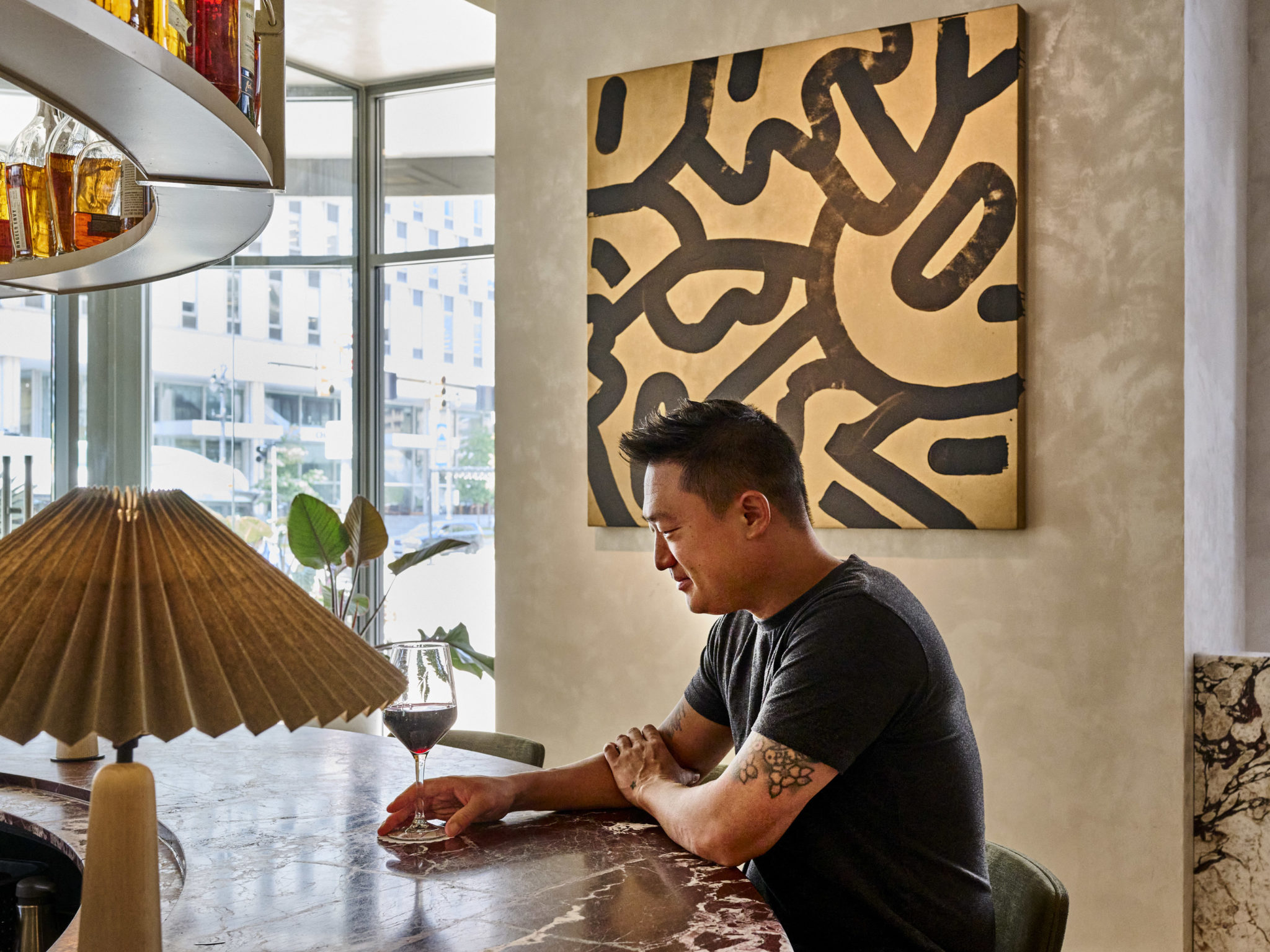
For artist, designer, and former sushi chef Mike Han, there’s little difference between the single confident stroke of a calligraphy pen and the long, measured slice it takes to properly cut sashimi.
“When I look at both practices, they’re quite aligned,” Han says. “The product just looks very different.”
The 38-year-old Detroiter seems as if he’s suddenly everywhere you look, especially if you frequent area restaurants. His instantly recognizable work — think: Keith Haring meets Korean calligraphy — covers the cement of the open-air patio and indoor kitchen wall at Batch Brewing Co. in Corktown, it greets diners on an outdoor sculpture near the entrance of Southfield’s New Seoul Plaza, and it’s the primary statement piece hanging in the bar of the newly renovated Townhouse Detroit, to name just a few recent pieces.
Before, in what these days can feel like a previous life, diners would encounter Han’s work not on restaurant walls but on restaurant plates, in the form of immaculately dressed, impeccably sourced sustainable sushi.
In between multiple failed attempts to open a sustainable sushi restaurant in Detroit, Han helmed the counter at some of the country’s finest sushi restaurants (Roka Akor in Chicago, Zuma in Miami), earning Best New Restaurant status for New York City’s Mayanoki in the Village Voice along the way.
In 2018, Han finally opened Pursue, a Seafood Watch-certified sushi counter inside Detroit’s Fort Street Galley food hall, only to be unceremoniously kicked out after just five months for posting low sales. (The entire food hall shuttered less than a year later.)
Even after Pursue’s failure, Han remained determined to open a restaurant where he could showcase his craft at the highest level. An investor courted him to open an 8-seat omakase restaurant in Ann Arbor, but a month before its debut, the COVID-19 pandemic hit and derailed Han once again.
“That was the straw that broke the camel’s back,” Han recalls. “I’d been so close so many times and I just couldn’t do it anymore. It was about trying to create an opportunity to become myself, to study what I’d been passionate about, and I thought I needed a physical place to do that and I thought I needed sushi to do that.”
Turns out, Han just needed to dig deeper into his roots — to the calligraphy he witnessed on that one life-changing trip to his ancestral homeland; to a childhood visit to Haring’s Pop Shop in Soho; to the graffiti that covered the New York subway in the late-1980s; to the stick-figure drawings that got him into the prestigious Otis College of Art and Design; and to the placemaking effect of his own Woodward Windows project in 2012, which imagined a thriving downtown Detroit years before it ever materialized.
“When people don’t know me very well, they call me an overnight success,” Han says with a laugh. “It’s took like 15 years of work on the same thing, it just didn’t look that way.”
For Han, the sustainable sushi was just one way of telling a story of what could be, imagining a better future, one more in balance with each other and the natural world. Sustainable sushi was just another way to order the chaos of existence, a major function of his current visual pursuits.
We recently caught up with Han to chat about the intersection of art and food over one last lunch at Detroit’s Cass Cafe before the art gallery-restaurant closed forever.
This conversation has been edited for brevity and clarity.
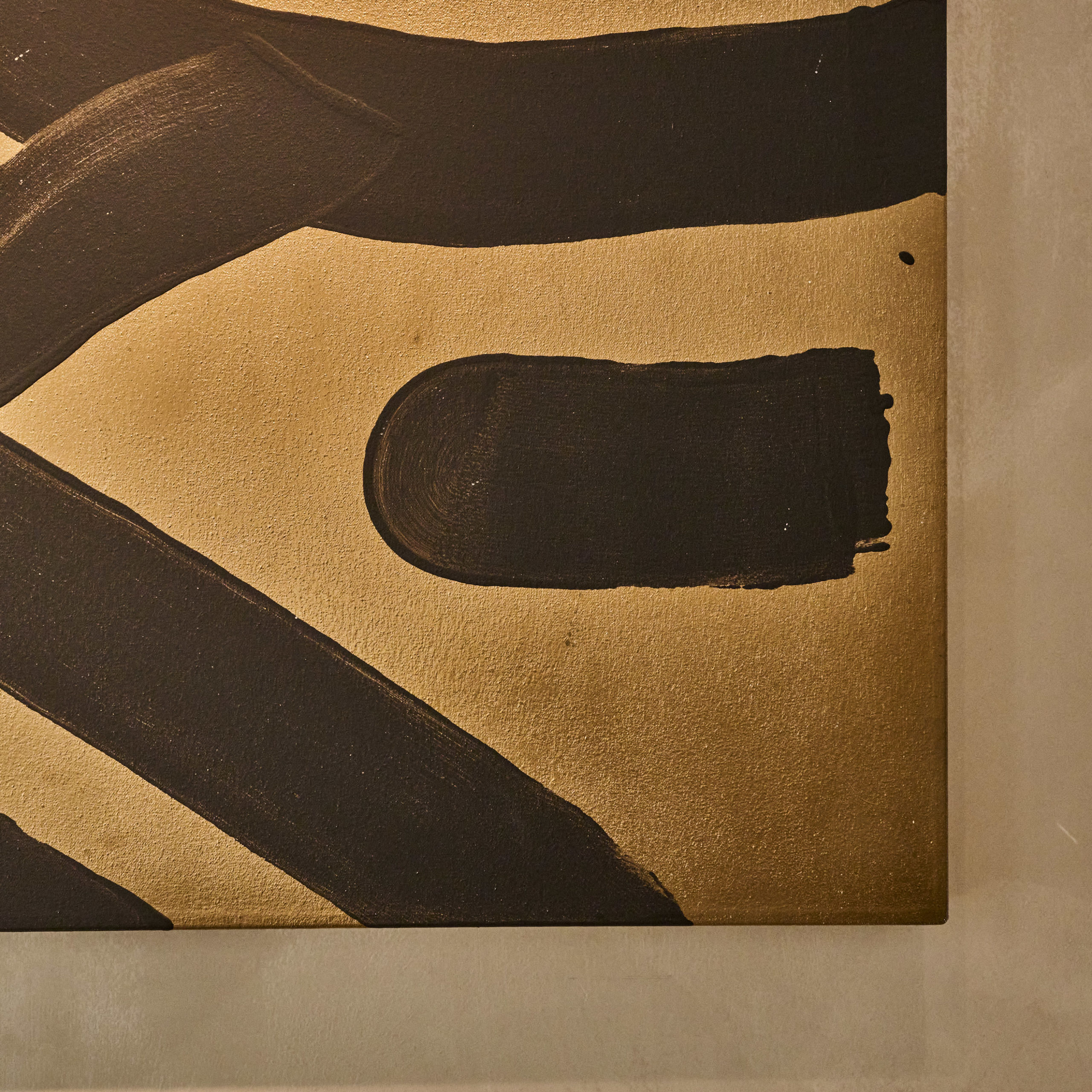
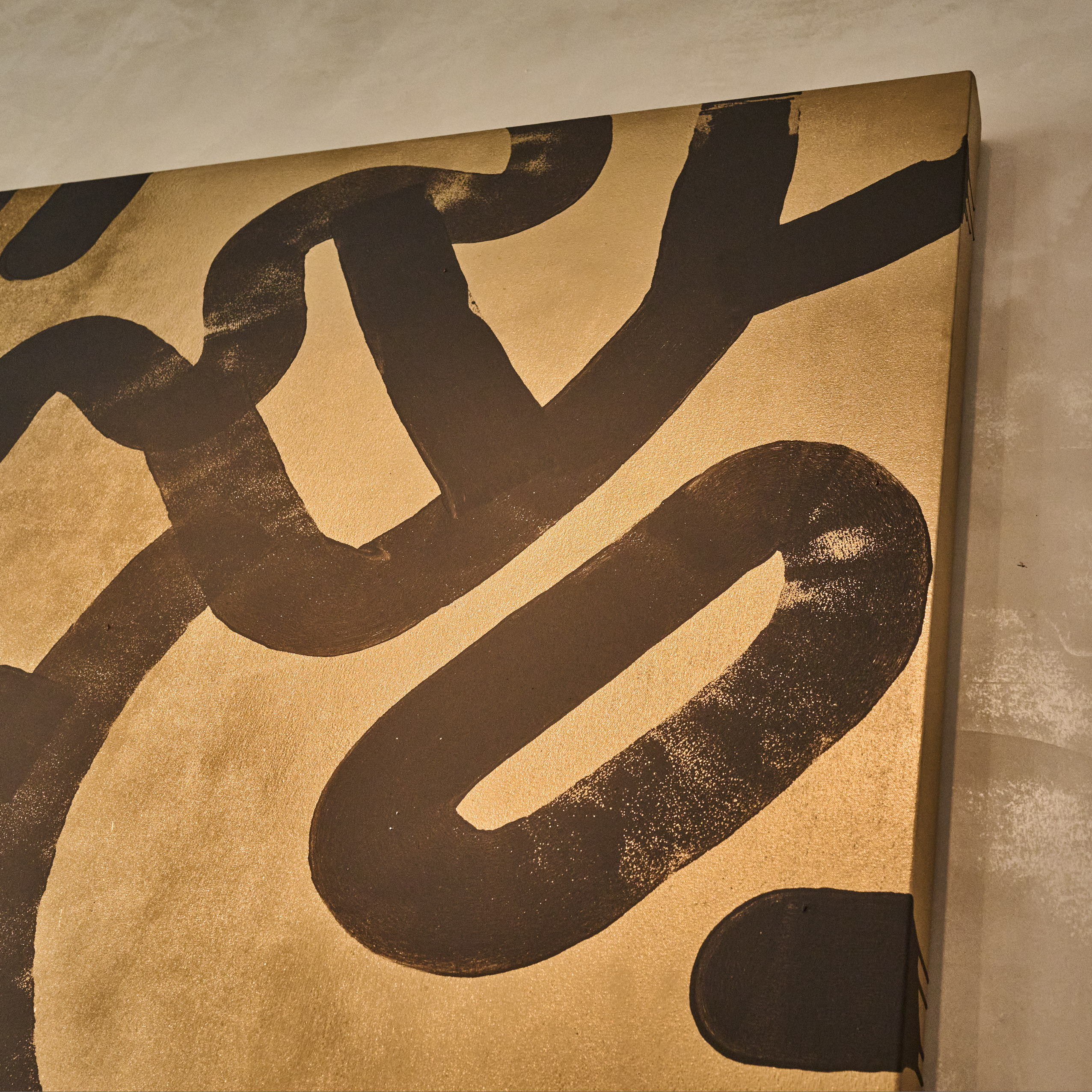
Frame Stories: How has the transition from sushi chef to artist been?
Mike Han: The first year I did art, I made more than double than I ever did as a professional sushi chef. I’m so grateful and my mind is completely blown, but these things are not separate, though a lot of people think they are. The way I practice sustainable sushi, I think about ingredients the same way I think about materials when I’m painting. They have a life and a death and we need to be grateful to them. It’s why I love going out to eat and the restaurant industry and why I love chefs. I used to call my practice a mortal profession. You’re in charge of life and death. It’s crazy the level of responsibility that chefs have. You have to take multiple lives in order to nourish multiple lives. I took that very seriously.
FS: How do you see your work now?
MH: My work, in addition to being connected, is all about trying to find dynamic balance. That’s essentially the challenge with each painting. How do I connect characters that are really interesting and connecting and in a way are balanced? From that, how can I live my own life? These are daily reminders to treat people and the planet with respect, love, and kindness, and find balance with all the things you try to incorporate into your life. It’s way easier on a canvas.
FS: How do you personally define art?
MH: I think art is a question. I consider myself an artist and a designer, even though it’s hard for me to call myself both because I’m not formally trained. Art poses questions we might not have answers for. And I think design creates solutions for problems. That’s how I distinguish the two and I think my work is both. It can be one or the other or both simultaneously. Visually it’s almost the same every time. But in context of where it exists and in time when it happens, the meaning changes.
FS: Is cooking a form of art? Are chefs artists?
MH: I think food can be art and I think food can be a commodity. It can be many things. And it changes based on the context. I was trying to open restaurants because I thought I needed to open a restaurant to do my cuisine. But the problem I was having is I wasn’t trying to make a restaurant to sell lots of food. I wanted to open a restaurant so I could be an artist. I wanted to deliver a powerful message and ask questions on how to live through organic ingredients. The work I was doing was nourishing, but that was an ancillary benefit. It wasn’t a primary driver. A lot of restaurants are trying to nourish people or, especially in the case of fast food, to make money. It’s a product to maximize profit. So there’s a range of how food can be used.
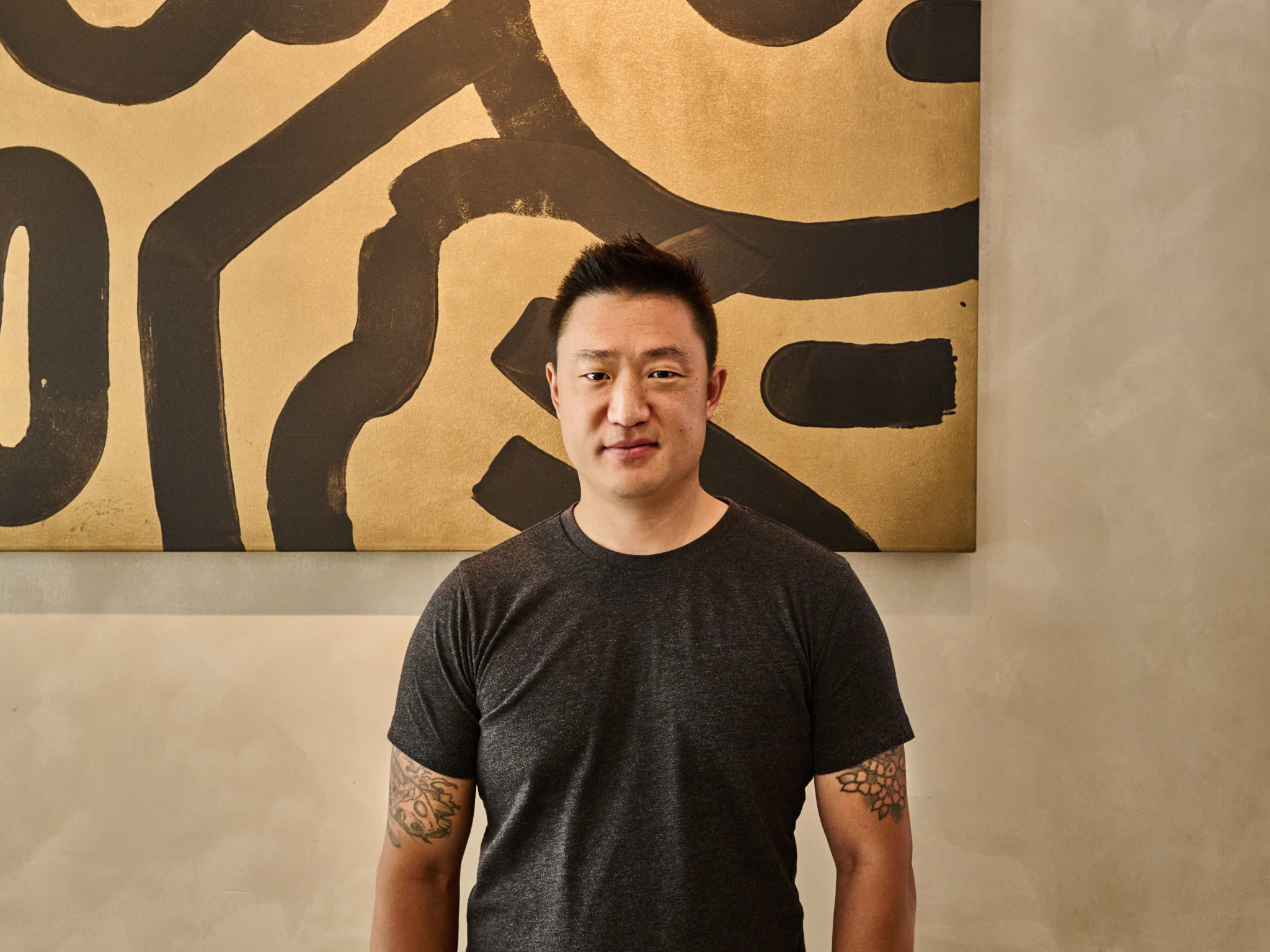
I love eating in general, but I’m obsessed with fine dining because I think it’s one of the highest forms of art — because of the sourcing, the technique, the message that’s delivered with curation, and the transformation of ingredients. When a restaurant hits on all cylinders in these upper echelons, I don’t think there’s much that can be better than that. That’s an extreme form of art. Alinea is a poster child for that.
FS: I hear you, but I can’t help rolling my eyes a little bit. I didn’t enjoy my one dinner at Alinea because it didn’t nourish me in the ways I expect or want to be nourished at a restaurant.
MH: That’s a super high form of art, whether you like it or not. You don’t have to like art. But that balance between being a restaurant and a gallery — they’re culturally very different things.
FS: But they even call their main dining room The Gallery, so I should have known better.
MH: It’s easy to find restaurants that do that overly pretentious, because restaurants are supposed to serve food and you want to be sated after you’re done and not have to go eat somewhere else after. I’m just very interested in the way in which you can do those things.
In the restaurant business, it’s typically the more nourishing side of things. The primary focus is: “We’re going to feed you delicious food and you’re going to leave full.” Which is why I know I’m not going to do a restaurant unless I’m consulting or collaborating with somebody to work on the business of selling food, with me focusing on branding, art, the visual side, and maybe some menu development. But I don’t want to work out the kinks and talk to purveyors and fine-tune price points. I’ve done that and I don’t enjoy restricting labor, because I love the people that I work with, and when it’s slow I don’t want to make cuts. But restaurants have to make cuts. I had a hard time being a manager or an owner because I cared too much about the customers and the staff and the lowest thing on my totem pole was how much money we were making.
FS: Why do you think this debate about whether food can be art even exists?
MH: I think it’s why people debate whether art is art. It’s very easy to be confused. An image, something that has an aesthetic, people confuse with art. I could decorate a table, but that doesn’t necessarily make it art, in my opinion. It’s the same thing where you can eat and you can cook and it can serve a purpose. Aesthetics decorate something pleasing to the eye, but if there’s no meaning behind that, if it’s just purely created to make something look different or more appealing, that doesn’t necessarily make it art. Just like food, if it’s presented in an appealing way and made with care, that doesn’t make it art. But if the person is taking the care to source the ingredients and build a concept or a body of work that has a message and all the parts that surround the thing that you’re eating — including what you’re eating — are part of enhancing that message, then I believe, truly, that is art. It can look exactly the same. A burger can be a burger. A burger can also be art.
FS: You’re essentially saying it’s about the storytelling?
MH: It’s a richness. There’s a greater dimension to what it is than simply satiating or being something to look at. Having more intention and purpose. It’s why art is subjective. It’s based on your perception of whether it’s good or bad or has value or not. Food is actually the same. Our palates are highly subjective. Fundamentally, I see art and food as the same. You experience them that same way.
FS: The fact that I can never remember whether I’m talking about a palate or a palette can’t just be coincidental. Have you ever entertained a merger of the two worlds?
MH: In my own home, I think eventually that might happen. And doing a Frame dinner — that was a fun experience. I’m not ruling anything like that out again, because it’s nice to do every once in a while. I want to be able to nourish people out of passion and not be concerned with making money doing it. A lot of chefs are able to balance those things, but I stress out too much. I’d just love to be able to do it out of love and have it be part of an art experience and sell people art. I really enjoyed making sushi. It’s just really hard on my body. It’s a grind.
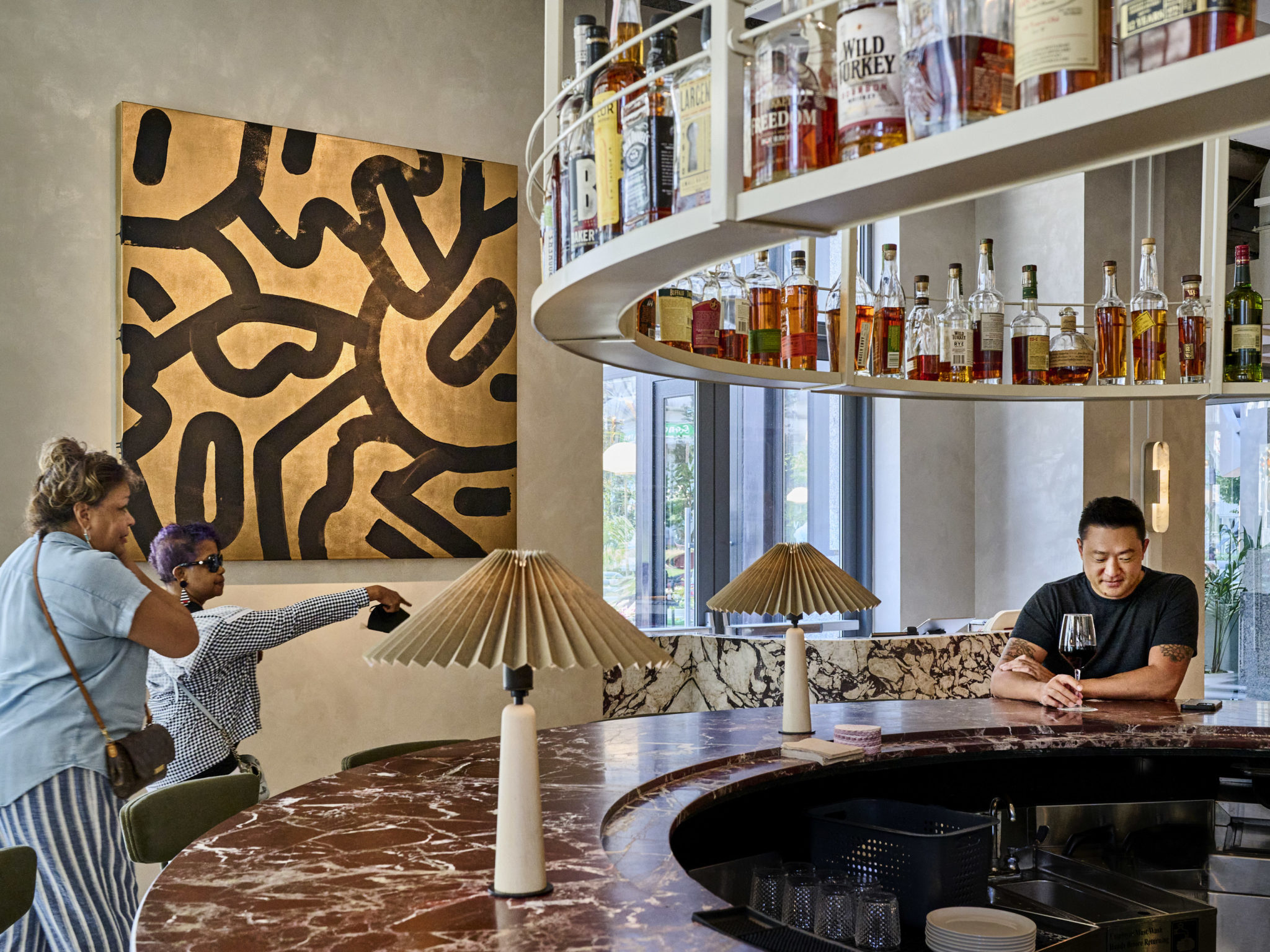
FS: There is a long history of food as the subject of art, from Caravaggio’s “Still Life with Fruit” to Andy Warhol’s Campbell’s soup cans, but these days it seems like it’s all just content.
MH: It’s because we now think of food as a commodity. It’s not as important as when people were farming it, when it’s a smaller ecosystem and you’re closer to the food system. We’ve become very far removed from the food system. It’s not worth making an oil painting of food nowadays. Back in the day, it was like, “Of course we’re going to celebrate this because it represents spring!” or whatever. Outside of photographers, I don’t see a lot of people making art out of food.
FS: As someone who’s navigated both the restaurant industry and the art world, do you see room for more crossover between the two?
MH: From a chef-artist side, I think a lot of chefs are artists, not just in their food practice but in a different discipline. Shinya is a great example: a sushi chef who is a DJ. Thinking about him is why I think Frame is such a great place. I think a traditional restaurant is not good for artists. A more flexible environment is better for the modern chef who is passionate about delivering a message and creating a cuisine that is maybe really unique. The popup venue I think is a great new model for these types of highly creative professionals to practice what they do and make money doing it without being saddled with the risk of trying to open up a restaurant.
FS: How does your art practice cross over into your cooking and vice versa?
MH: I think making sustainable sushi made my material choices in my fine art much more considered. It’s been much more important for me to be very selective in how I make what I make when it’s not edible. Having such a focus on actually killing an animal and then working on it to serve somebody and making it look and taste delicious — that was super heavy. I want to carry that feeling over into my visual art practice. So I treat my materials the same way to deliver a powerful message.
Follow Mike Han on Instagram and visit The House of Han website for more info.




